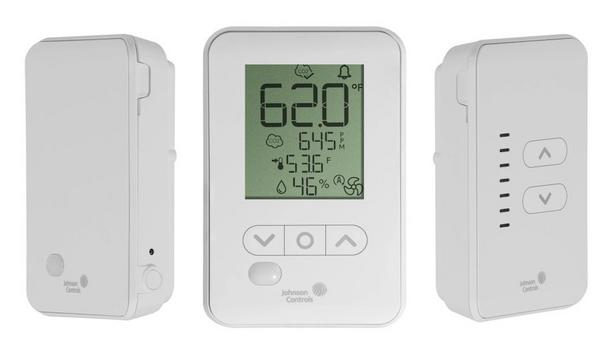HVAC System Components
The components of the HVAC system provide the home or office with a desirable temperature
Working in conjunction with each other, the components of the HVAC system provide the home or office with a desirable temperature. Issues with a single component may result in inefficiencies that lead to larger energy bills or dangerous build-up of gas. Below are the components of a typical, conventional home HVAC system:
Thermostat
Whether users want to turn the temperature up or down, the thermostat controls when the AC or furnace turns on. The thermostat can detect the temperature within the home, similar to a thermometer.
After detecting the temperature, the thermostat will make adjustments to reach the desired temperature. Thermostat technology has come a long way from a simple dial. Current models can be programmed to automatically turn on when a user is on their way home or whenever they want it.
Furnace
When chilly temperatures hit, users will want this HVAC system component to be fired up and ready to go. The furnace is in charge of heating the air distributed throughout the home or office. Depending on the type of fuel source the furnace uses, the incoming air is heated by natural gas or electricity.
Heat Exchanger
The heat exchanger inside the furnace is the HVAC system component heating the air
As the furnace works to keep the home at a comfortable temperature, the heat exchanger inside the furnace is the HVAC system component heating the air. Using burners or coils inside a combustion chamber, the heat exchanger warms air within it quickly.
Then, the blower motor blows air overheat exchanger cells, where it’ll be distributed through vents and registers. Since heat exchangers can use natural gas, it’s important to ensure it remains sealed. A cracked heat exchanger could spill harmful gas, such as carbon monoxide, into the living areas. Regularly scheduled maintenance can go a long way to keeping the home safe and cozy.
Blower
The blower motor’s main job is to power a fan that pushes air through the ducts. The blower is an essential piece of equipment because users would have no way of distributing treated air without it. If this part of the system is malfunctioning, a user would know because the home wouldn’t reach the desired temperature as fast.
Indoor Evaporator Coil
The evaporator coil is responsible for cooling the air being circulated throughout the home. Users can find the evaporator coil typically on top of the furnace.
When the thermostat is sensing too much heat, it will trigger the fan on the furnace to kick on. As air is being pushed by the blower motor, the air passes through the evaporator coil transferring the heat to the outside. In addition, it removes the humidity from the air.
Outside Condensing Unit
The condensing unit is responsible for keeping the home cool on hot days
Has the user ever wondered what the metal unit outside the home does? Well, the condensing unit is responsible for keeping the home cool on hot days.
The condensing unit works by transferring heat from inside the home and rejecting it to the outside. It does this by the movement of the refrigerant in the copper lines that connect it to the indoor evaporator coil.
Ducts
While some parts of the HVAC system work to heat up or cool down the air, the ducts are the passageways the cool or hot air travels through. For the most part, users never see the ducts in their homes as they are typically located within walls.
How to tell if there are problems with the ducts? Small leaks can result in foul odor, strange noises when HVAC systems are on, or moisture build-up. If the user notices these problems with the duct, call Air-Rite.
Vents
Issues with the vents can typically be handled on their own
Heated air and cooled air must pass through vents to reach each room in the home or office. Another easy way to keep the air passing through the vents clean is wiping down the vents as they accumulate dust and debris. Issues with the vents can typically be handled on their own, unlike other HVAC system components.
HVAC Maintenance
While some of the issues above can be handled by the user, such as monthly filter checks and filter replacement as needed. Other problems with the HVAC system must be addressed by a professional.
Especially in the case of changing seasons, having a professional look into the HVAC issues gives peace of mind knowing the user is prepared for inclement weather. Don’t hesitate to have the systems checked even if they have small issues or none at all. At the very least an inspection can give peace of mind and help avoid larger bills later on.




















